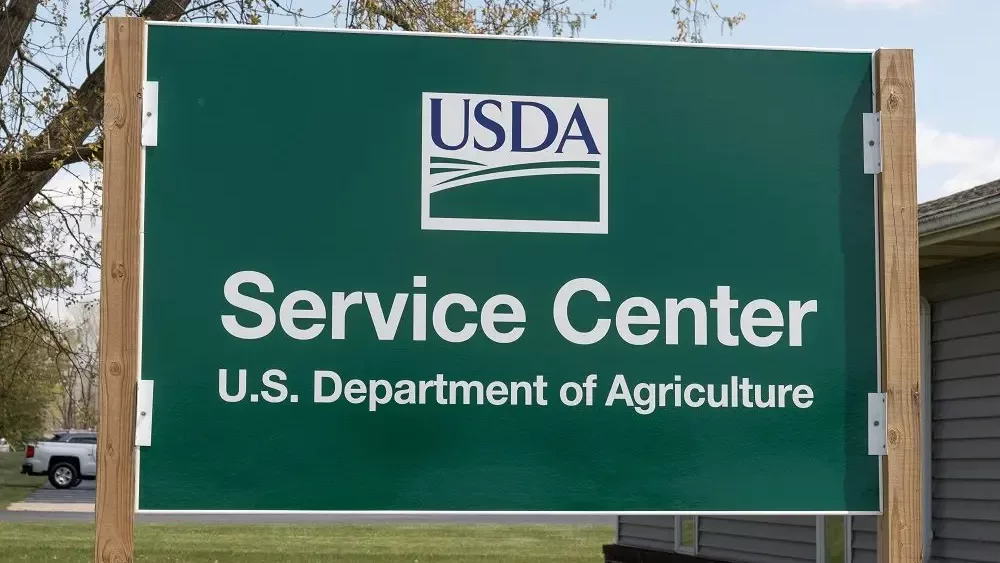Even though we’re well into the planting season, you should still be thinking about your nutrient management plan for this year.
Getting your pH correct for the entire field is important to achieve a higher yield.
According to Mike Swoish, Pioneer field agronomist, now that much of Michigan’s corn and soybeans are in the ground, it might be difficult to change your field’s pH balance for 2020.
“I certainly don’t think it’s too late to do a soil test,” said Swoish. “If you do your soil testing this year, that could help you find nutrient deficiencies in the field or areas you might expect more of a nutrient deficiency. Then you could apply lime either this fall or early next spring for next year’s crop.”
Generally, Michigan has been pretty dry this planting season. With rain and higher temperatures in the forecast, Swoish said there’s still opportunities for nitrogen losses.
“We still need to have a good plan going forward in terms of nitrogen management and increasing our nitrogen use efficiency, and those will be important this year as they are every year,” he said.
There are a couple ways to increase nitrogen use efficiency by limiting losses.
“One of the best ways is to apply the nitrogen as close as possible to when the crop will take it up,” said Swoish. “The other way is protecting our nitrogen—so things like nitrification inhibitors.”
Swoish has also seen a trend of applying sulfur to corn and soybean fields. If you can, do an on-farm trial.
“I would recommend putting in a strip, either with or without sulfur—depending on what you’re already doing in the field—and seeing if there’s a yield difference,” he said. “If there is, maybe you need to apply sulfur every year or every other year. If there’s not, you may be able to skip sulfur application at least every other year, or maybe more.”
By laying this foundation now, it will give growers more success in 2021.
“Heading into the fall and into next year, we want to really think about getting our pH right, getting our nutrient levels right, doing precise soil testing and then variable rate fertilizer application,” said Swoish.
Some farmers have access to Granular farm management software from Pioneer. Swoish says it will show growers underperforming areas to create a soil sampling zone. This fall or next spring, he suggests sampling high-yielding areas and low-yielding areas to create a better nutrient plan.
For more information, talk to your local Pioneer agronomist.






